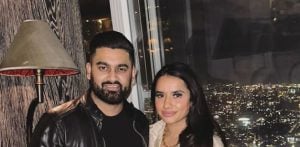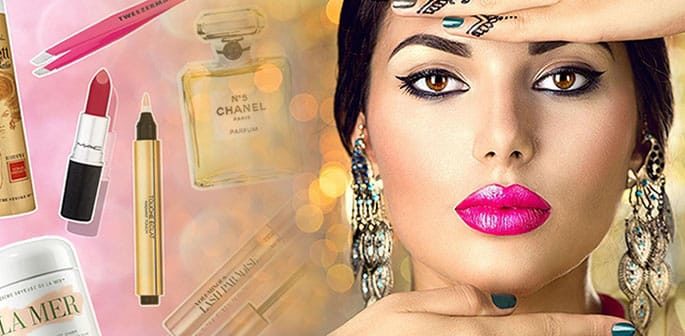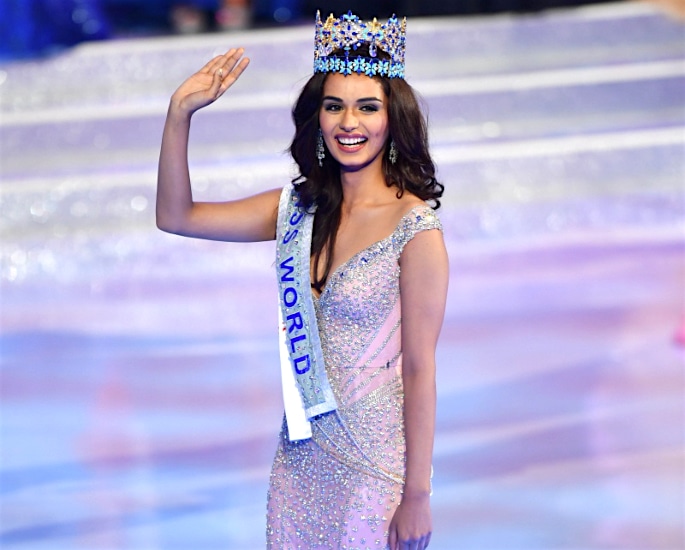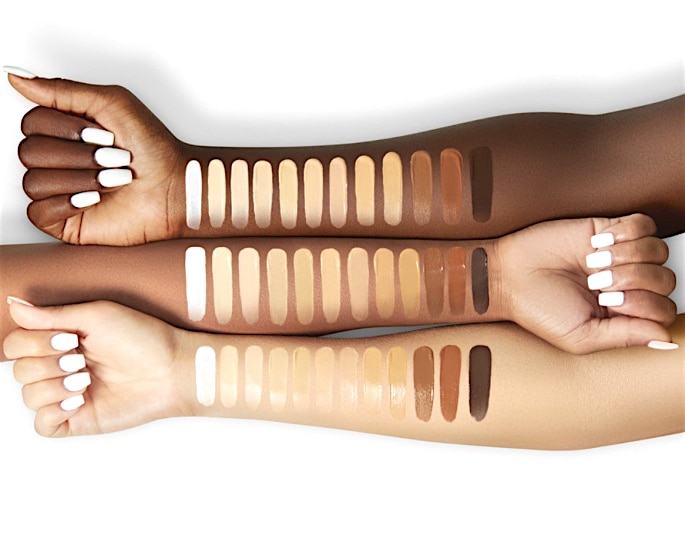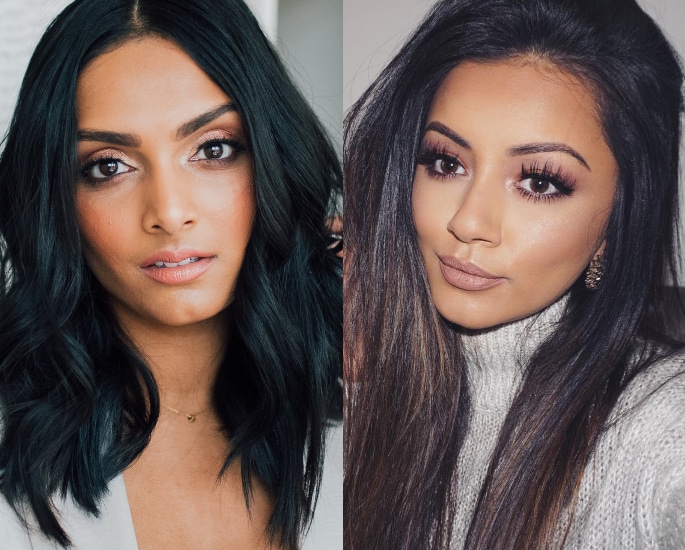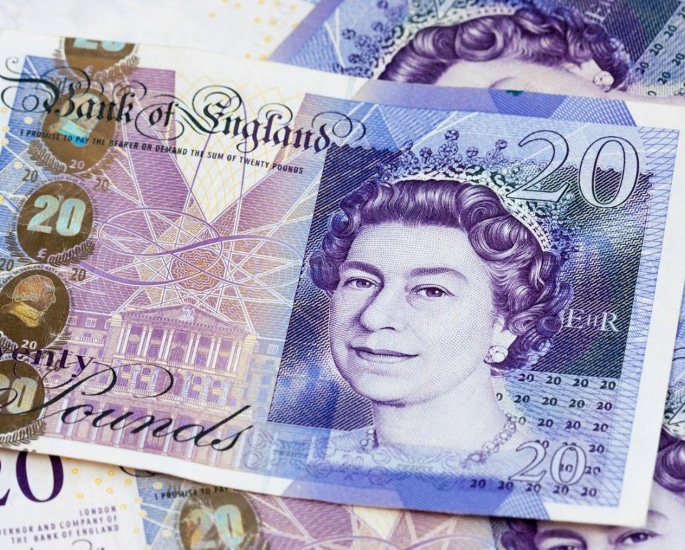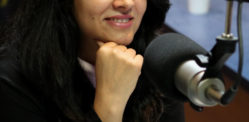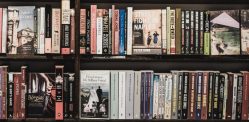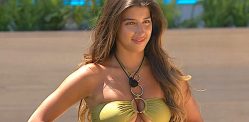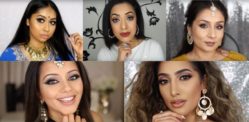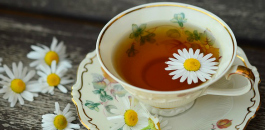"We’re not considered the pretty girls”
Representation for the South Asian community is notably limited in the beauty industry. Racial diversity has always been a hot topic of discussion.
For as long as we can recall minorities have been side-lined from finding the right shade of foundation to appearing in beauty campaigns.
Renowned makeup brands such as NARS, Estee Lauder, Too Faced and so on boast about their amazing shade range available to suit all types of skin tones.
Their promises advocated in their beauty campaigns can be quite endearing, diversity is championed and inclusivity is key.
Yet, the reality is that South Asians are still being underrepresented. This ethnic group is being washed over and seemingly must settle for what is being offered to them.
Stereotypical Beauty Norms
Tamed eyebrows, large eyes, full lips, perfect skin – all the aspects considered to be beautiful.
Everywhere we go the majority of the models plastered on boards conform to these standards. They are either Caucasian or black.
When was the last time we saw a noticeable South Asian model?
No, we cannot look towards the black community who are also of colour. Nor does Bollywood count.
In this instance, Bollywood actress Aishwarya Rai Bachchan is a global brand ambassador for L’Oréal Paris. She has appeared in their campaigns for numerous years.
For example, in 2018, she teamed up with Indian celebrity designer, Sabyasachi Mukherjee to unveil a new L’Oréal makeup collection.
Despite L’Oréal trying with the likes of Aishwarya, she is not an independant South Asian model.
It can also be argued that Ashwariya conforms to the stereotypical beauty norms adopted by the West. Therefore, L’Oreal has chosen her as their brand representative.
She seemingly falls under both categories of being South Asian, yet having acceptable physical features. As a result of this, ordinary South Asians are not able to relate to her.
According to Kiran, a 24-year-old British Asian, when asked what it was like growing up without a notable South Asian model she explained:
“Growing up as a South Asian female, the struggle I had to find a face in the beauty industry that I could resonate with proved a challenge. It was all about thin brows and fair skin, both of which I didn’t have.
She continued to explain how this affected her confidence:
“This really knocked my self-confidence as I never felt as though I fitted in. As a young girl, this really affected my levels of self-esteem and I don’t think much has changed over the years for us South Asian girls.
“The lack of brown girls in the beauty industry is still pretty evident. However, if there was a rise in South Asian models, us brown girls would feel included.”
In addition, Lamisa Khan, writer for Amaliah, explains how South Asians are not considered beautiful. She states:
“It’s weird because we have so many Miss Worlds and Miss Universe – India holds the most titles for Miss World, but we still haven’t broken into mainstream Western culture … we’re not considered the pretty girls.”
Is this why beauty brands do not cater to this ethnic minority?
50 Shades of Brown
Typically, shades of makeup, namely foundation and concealer are designed to match an individual’s undertone and skin tone.
The skin tone is the base colour of one’s skin; fair, medium, tan or dark, while undertone relates to what is beneath the skin.
In this instance, undertones are categorised as warm, cool and neutral.
There is often a misconception that being fair-skinned means you cannot have warm undertones or women of colour cannot have cool undertones. Figuring out the right skin tone and undertone is the key to flawless makeup application.
Ever since Rihanna’s Fenty beauty line hit shelves, the inclusivity aspect in makeup has heightened. Brands have expanded their shade ranges to suit a wider range of skin tone.
However, this effort behind a greater shader range is still lacking for South Asians.
Entrepreneur and celebrity makeup artist, Shalini Vadhera, acknowledges the lack of products suited to South Asians. She explains:
“I like that the effort is out there and that brands are realising that there are more shades than white and black but I still think the shades are off and don’t necessarily match South Asian skin tones.”
For so long the black community have voiced their need for brands to extend their shade ranges to suit their skin type.
Yet, it is the South Asian community who is left to make do with what is readily available.
Makeup artist and skincare consultant, Karuna Chani discusses the problems this causes. She explains:
“Picking the right foundation shade can be a problem for women of all races, but it can be especially difficult for olive and South Asian skin tones.
“Although the range of shades for women of colour has improved over the years, many cosmetic lines still don’t go beyond caramel. And even for those with a lighter complexion, it doesn’t mean they’ll be able to wear the lighter shade.
“This is because most cosmetics brands have a pink undertone, which is incorrect for brown skin tones. So, when picking a foundation, it’s important to match not only the colour of your skin but its undertones as well.”
One thing is clear, makeup brands have still not grasped the extensive undertones and skin tones for this ethnic minority.
More must be done to understand the spectrum of shades needed.
The Power of YouTube
Over the years, YouTube has become a platform for many beauty gurus and bloggers to showcase their advice and tips.
YouTube star Deepica Mutyala started making videos as a means of offering South Asian women beauty tricks and tips. She said:
“I assumed there was a miss in the market for South Asian representation, women who looked like me.”
Her videos include Lipsticks to Suit Brown Skin, Brown Girl Approved Makeup, South Asian Wonder Woman Transformation and more.
Deepica has gone on to collaborate with celebrity makeup artists and expanded her appeal. Her videos have offered a source for many South Asians to relate to.
Similarly, UK-based YouTube star, Kaushal Beauty is another South Asian influencer. Her videos range from soft glam, celebrity inspired looks and Indian wedding looks.
Shazia, a 20-year-old Bengali student was asked about the influence of YouTube. She described:
“YouTube has played a very significant role in my makeup game. The likes of Nabela Noor and Kaushal Beauty have given me a greater understanding of utilising makeup for brown skin.
“I feel we shared similar concerns and problems when applying makeup and their tips and recommendations really worked for me. Even though YouTube has helped, mainstream beauty is lacking in Asian girls.
“We want more Pakistani, Bengali, Indian and Sri Lankan models representing for all of us brown girls.”
Beauty bloggers have taken over the beauty industry as their appeal reaches a wide audience.
This has been recognised by beauty brands and their campaigns have seen a change.
For example, Kaushal Beauty appeared in the 2016 L’Oréal Paris True Match campaign alongside other YouTube stars.
In this instance, a South Asian was bought to the attention of the larger beauty industry.
Despite, this step in the right direction, more momentum is required.
South Asian Contribution
One of the best things about South Asian beauty is their use of all-natural products. This ethnic group has been using their tips and tricks as part of their beauty regimes.
Many have grown up using turmeric, Indian healing clay, castor oil, coconut oil and so on for healthy skin and hair.
As a result of this, the beauty industry has adopted these natural ingredients in their products.
Yet, it seems the Western world has only taken from the South Asian culture. This is surprising given the amount South Asians have contributed to the beauty world.
Aliyah, a 27-year-old British Asian, was asked about her expenditure on makeup. She said:
“Without a doubt, I spend the most money on makeup. Although I like to try new products and experiment with them, a lot of the time, I find they don’t suit my skin tone.
“Usually, I have to buy two different foundation shades to try and create a perfect match. This results in me spending excessive amounts on makeup where really if we were catered for better, I would just be buying the one right shade.”
According to the Huffington Post, research by CEW and Mintel in 2015, revealed that a British woman spends around £100,000 on beauty products in their lifetime.
The report continued to mention:
“A significant percentage of that expenditure came from the British Asian community, spending an estimated £1.2 billion per year.”
It can be predicted that this figure has increased over the years.
Marketing consultant and beauty blogger at Beauty Pulse London, Natalie Clue, speaks about the impact of acceptance. She states:
“It’s just basic marketing. If you see yourself in an image or a name, you’ll know it’s for you. Imagine you are a customer and someone’s telling you that you don’t exist!”
This is the reality for South Asians because brands act as though they do not exist.
There is certainly scope for greater South Asian portrayal in mainstream beauty. They must champion their need for presence in the industry.
There is a paramount obligation for beauty brands to pay heed to what consumers want. If not, they run the risk of losing out on revenue.
Camillo Pane, chief executive of Coty states:
“The beauty industry is becoming increasingly complex; our instinct is to dislike complexity, but we either embrace it or we’re not going to be around.”
The need for South Asian representation in the beauty industry is greater than it ever has been.
Makeup brands should explore the requirements of South Asians passed what is being portrayed online.
They should not be casted to the broad category of being coloured and must be listened to. Do not force your skin tone into having to adjust to the nearest shade.
Avoid brands that continue to ignore the necessary development of their product appeal. To acquire change everyone must work together to strive for acceptance in the beauty industry.














